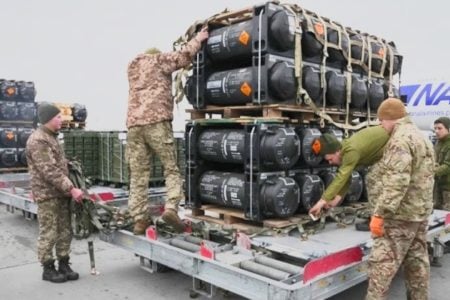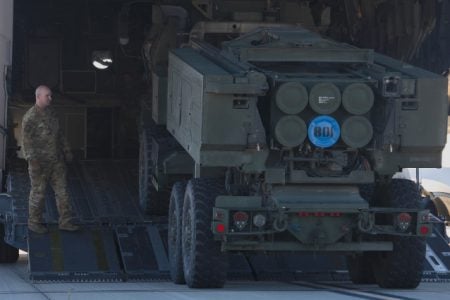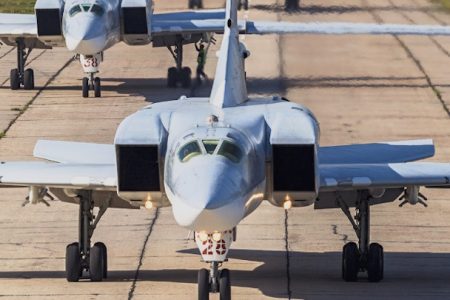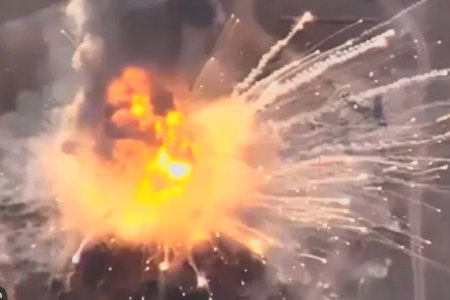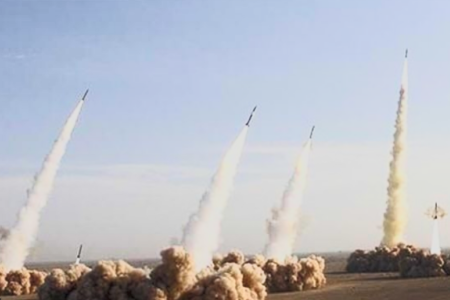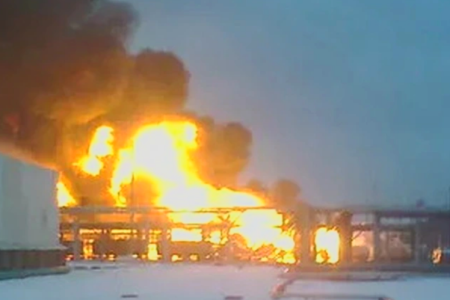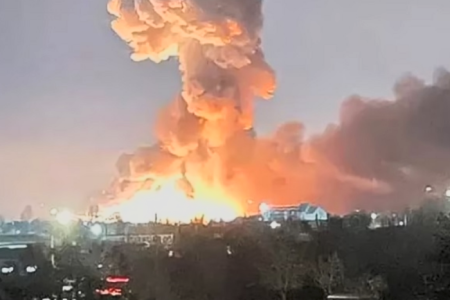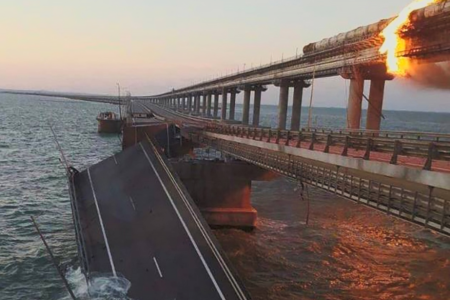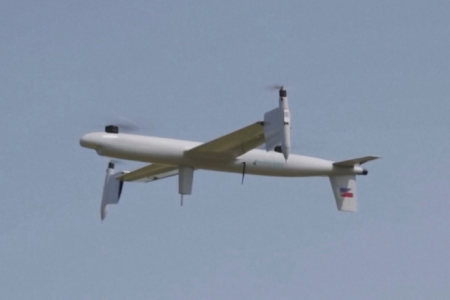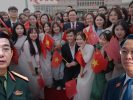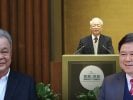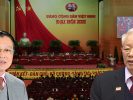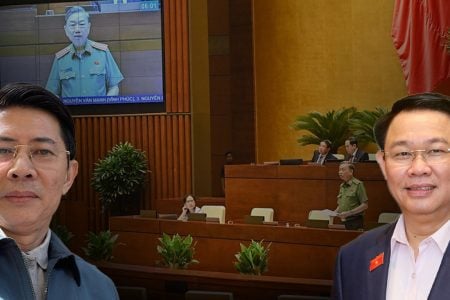Is China about to overtake the US?
Since the US-China trade war began in March 2018 until now, researchers around the world have spent a lot of paper to discuss and predict who will be the winner.
The US is a superpower, and China is a rising power that wants to replace the US to “lead” the world. Therefore, the “fight” between these two great powers will affect the entire world order, and of course, small countries like Vietnam always have to determine who will be the winner in order to draw the development strategy and foreign policy for its own long-term course.
Since 2011, the dialogue between two influential historical figures, Francis Fukuyama (USA) and Truong Duy Vi (China), has shown a “contradiction” between two development models: the US and China. And developing countries like Vietnam will need to consult and choose which model to develop.
After the troubles and chaos of the recent US presidential election, especially through the controversial term of President Donald Trump, many people around the world, including many researchers from Vietnam, feel doubts and concerns about the US model. They feel that the American model of democracy is outdated, and it seems that the dictatorial, authoritarian model under the mantle of populism prevails. The prime examples are Donald Trump of the US and Duterte of the Philippines. Not to mention the image of China under the “Emperor Xi Jinping” that seems to be getting stronger and stronger, and the US image shows the decay from the inside, especially the January 6 incident has revealed the plague of democratic America.
The big question that many people around the world asking is whether the COVID-19 pandemic is restructuring the global order, as the Chinese economy is recovering strongly at a higher rate than Europe- The US and a British research agency have predicted that China will soon overtake the US by 2028 to become the world’s largest economy.

The Chinese media and foreign propaganda also constantly promote the economic and political achievements it has achieved. However, behind the flashy appearance, the US-China competition is said to have to “mix the new hand.” In addition, it must also be seen that although the US is at a crossroads between prosperity and decline, China also faces many centuries-old fears, even fatal weaknesses, that could affect US-China competition in future.
In addition to maintaining political stability, the challenges facing China include major problems such as food shortages, energy shortages, population aging and foreign-dependent technological development. All of these issues to be resolved require an international and friendly environment for peaceful development.
However, a series of Chinese muscle flaunting actions under President Xi Jinping in recent years has sparked cautiousness towards China. Unless Beijing changes its course, the world environment will gradually become unfavorable for it.
Four serious Chinese weaknesses
In 2020, the Chinese economy is expected to grow by 2.5%. Meanwhile, the US economy decreased 3.5%, the European Union (EU) decreased 7.4% and the global economy decreased 4.3%. This makes China the sole positive growth powerhouse, but behind that glamor lies a host of serious problems.
First, China may have a permanent food shortage. In 2020, the world faces the worst food shortages in 50 years, starvation occurring in at least 25 countries. Many food producing countries limit exports. The Chinese media said that the country’s food stockpiles were full and Chinese experts also said that China had no shortage of food, only “a little bit of stress” in balancing, but still can be self-sufficient.
However, there is the fact that in August of last year, Chinese President Jinping initiated the “Clean Disk Program” and “rejected redundant parties.” Is he trying to reduce waste or is there a shortage of food?
According to Chinese media, China’s food demand in 2020 will be about 700 million tons, of which 554 million tons are self-produced and nearly 150 million tons come from imports. However, food security is facing great danger. Last year, China increased its imports of wheat, corn and barley, while soybeans imported more than 100 million tons each year. Many localities like Gansu and Hubei provinces have increased their food hoarding and rumors of a food crisis in China have not stopped.
In fact, each year, China loses about 200,000 acres of agricultural land to build industrial factories, houses … Its arable land is now less than 1.5 billion acres, equivalent to 9 % of the global one. This is likely to lead to a food shortage.
For example, Guangdong, the province’s food production in 2019 is 12.41 million tons, but the consumption is 51.25 million tons. By 2020, Guangdong’s Gross Domestic Product (GDP) will break the $1.6 trillion mark, 2.62 times higher than the Taiwanese territory, but still seriously depends on imported food.
In the opposite direction, the arable land in the US is large, 1.6% of the population working in the agricultural sector can feed 340 million people in this country. Every year, the US also exports a large amount of corn, soybeans, and malt…. In addition, the amount of arable land that can not be exploited in the US is still very much, when needed, it can be used to produce food.
In this context, the difference in food supply conditions between the US and China puts America in an invincible position. While China needs to import food and if there is a war, and the sea and land transport routes are controlled by foreign countries, will Beijing still have the courage to fight the US? This reveals the inherent weakness of the world’s second-largest economy.

The second is energy. China claims to be 90% self-sufficient in energy, but the 13th Five-Year Energy Development Plan (ending 2020) says China hopes to increase self-sufficiency energy up 80%.
Beijing strives to develop nuclear energy, hydroelectricity and solar energy …, but needs to import crude oil and natural gas. The annual consumption of crude oil depends on imports up to 72%, costing about $240 billion.
In addition to being unable to produce enough oil on their own, more than 70% of the oil imported into China must go through the Strait of Malacca. In recent years, the US-China competition has escalated, and the US has joined hands with countries that control China’s oil import routes through the Indo-Pacific strategy, forcing Beijing to develop maritime zones. As a result, energy has become China’s next major weakness in its battle for future hegemony with the US.
Third is the issue of population aging. China’s one-child policy is allegedly flawed, causing the country’s demographic disaster today. The birth rate in China has plummeted. Beijing University professor Luong Kien Chuong has published an article stating that China’s period of demographic demise is coming and if the country cannot boost its fertility rate significantly, it will fall into the bottomless decline.
The article takes data from different regions for example, the birth rate in Wenzhou in 2020 is 19.01% lower than the same period in 2019, in Hefei it is down by 23% and Thai Chau is down 32, 6%. The population decline will reduce the proportion of young people and increase the proportion of the elderly.
Researcher Xishu Hien of the University of Wisconsin has published the book “The Empty Country: China’s Family Planning Wants the Way“, specifying birth rates in the three northeastern regions of China in in 2019 it was only 0.61%, lower than Japan (0.68%), and the current birth rate in the Northeast would be China’s tomorrow’s birth rate. Overall, the rise in housing costs, parenting spending and education have reduced young people’s desire to have children, worsening population aging and labor shortages. This is the “old age” reality of China.
The path China takes will ultimately depend on human resources.
It is noteworthy that China’s alarming human resources crisis is happening again in an area of the country that is virtually unobservable to outsiders and even most Chinese. in urban: It’s rural China.
China has neglected rural development for too long. If Beijing really wants to be a high-income economy, Beijing needs to act now to raise the level of human resources as quickly as possible and thus lay the foundation for the future workforce.
Fourth is the bottleneck in science and technology development. Science and technology is the most fiercely competitive field in the world in the 21st century. Chinese science and technology used to be “short-sighted, for immediate benefits” and “short-cut, quick profit.”
Therefore, when being embargoed by the US, technology giants like Huawei, ZTE … all have difficulties and look forward to the day when the US loosens the sanctions. Increasingly, the ways that Beijing has adopted the past few decades such as forcing foreign businesses to transfer technology, stealing technology secrets, copying technology … is more difficult to continue.
In the short term, President Joe Biden and his administration is unlikely to lift these sanctions. Therefore, to be able to succeed in autonomous research and development, it takes China several decades.
What can Vietnam learn?
The above analysis shows that, despite the tenure of Mr. Trump, American democracy has taken steps backwards, however, the democratic system and international political institutions built by the US and Western countries pre-built still plays a backbone role in the current international order. Although China is still trying to overtake the US and express its intention to rearrange the world order in its own way, China has yet to do so, at least for this century.
Taiwan’s development path can be a lesson to help Vietnam develop, stand firm against the threats of China. Taiwan before that, under Chiang Kai-shek also applied the same model as Communist China with authoritarian, authoritarian rule. Later, Taiwan under Chiang Kai-shek had to choose, if it continues to keep the old model, it is just a copy of Communist China, sooner or later will be annexed by China. Therefore, Chiang Kai-shek decided to reform Taiwan to follow the Western democratic model in order to bring into play its internal strength along with the strength of the civilized world. Therefore, although Taiwan is small, it still stands firm in the face of all the threats of China.
Therefore, Vietnam as a country on the way to developing into a mid-range power, it is necessary to realize that, if Vietnam really wants to integrate with the world, it is necessary to build the country in the direction of democracy, freedom, to be able to bring into play the internal strengths and to take advantage of external resources when integrating with the world.
Thoibao.de (Translated)




